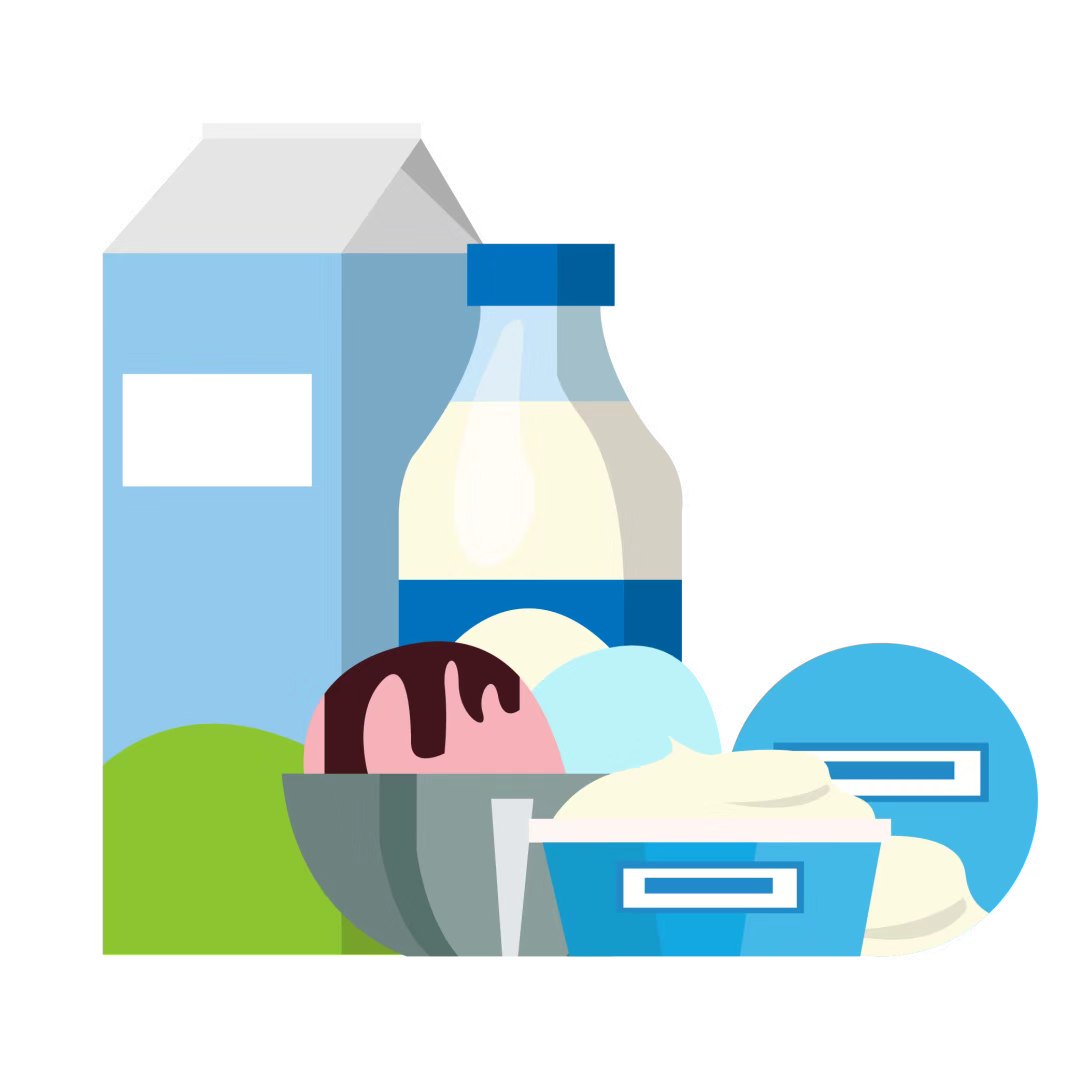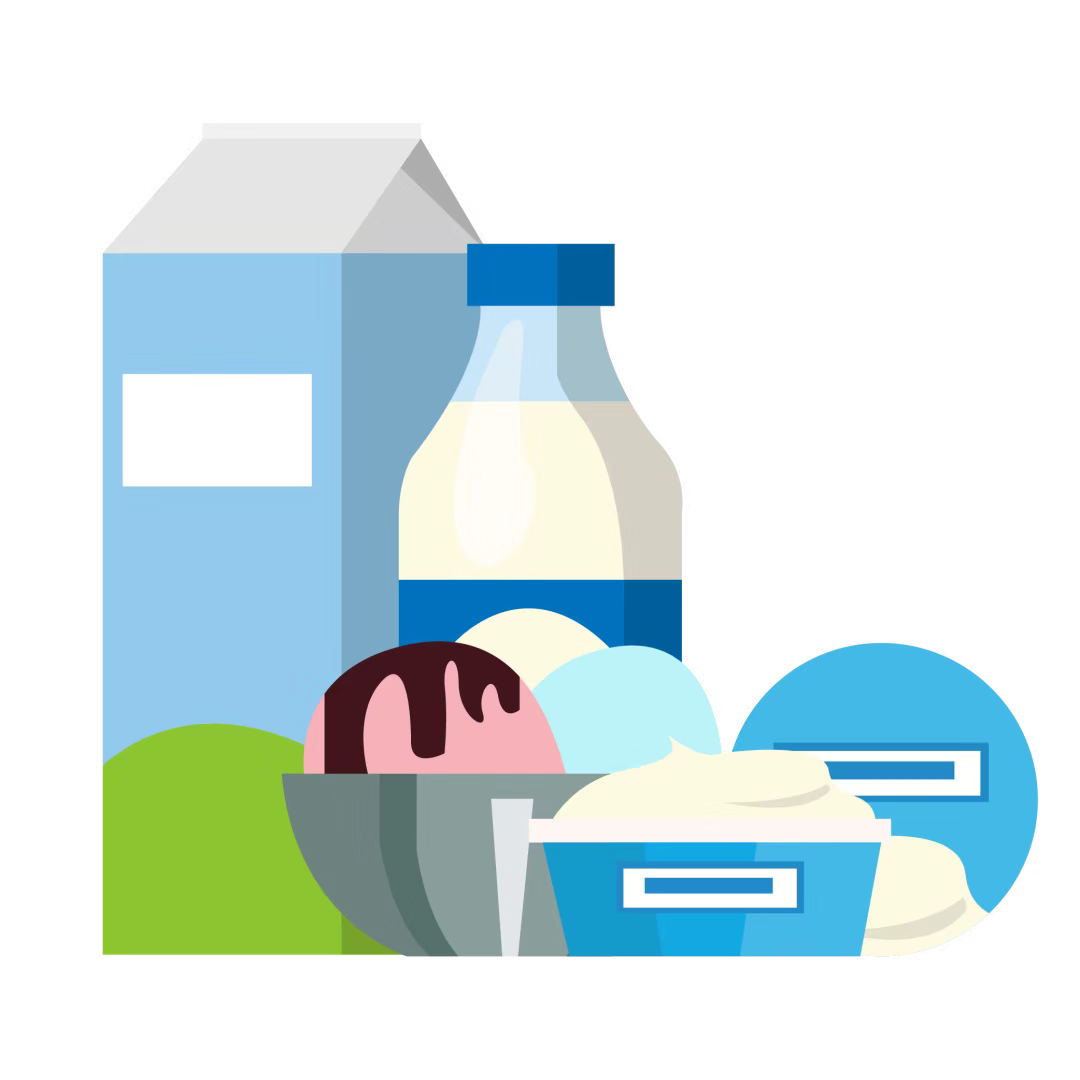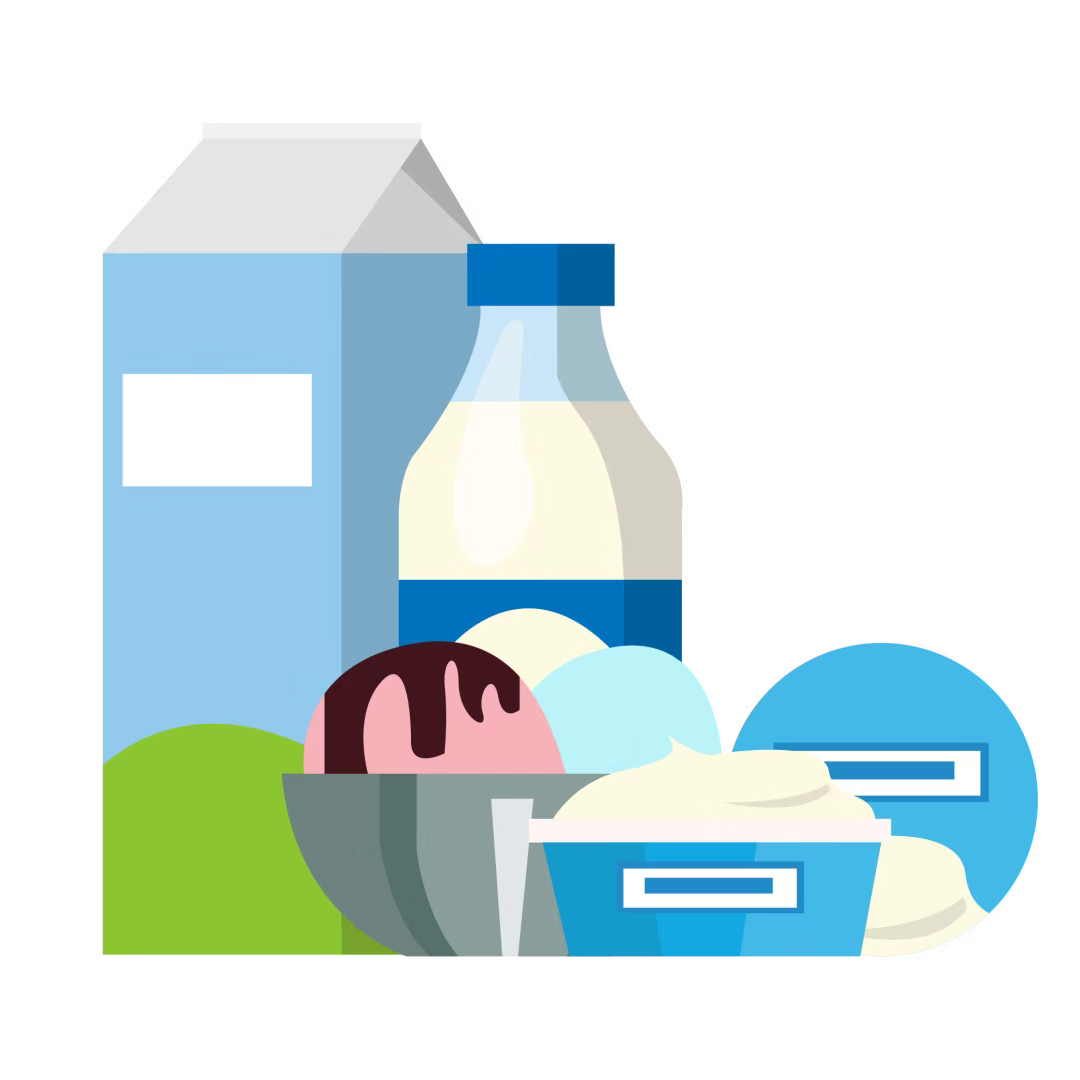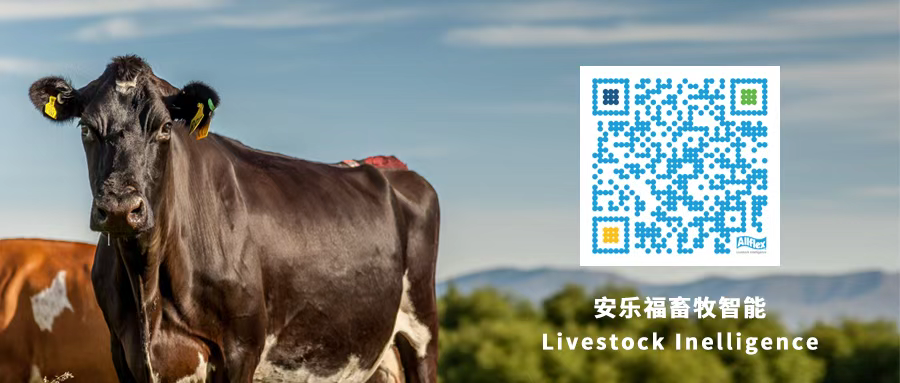

消费者与奶农
一种关乎未来乳业发展兴衰的关系
当下乳制品行业的一个热门话题所讨论关于奶农所面临的最大挑战。据不完全统计,全球奶农数量约为2.4亿人,他们的农场规模大小、耕作方法、生产环境及生产状况等方面存在显著差异。诚然,奶农们面临着这样的挑战。
为此,许多专家专门研究分析这些挑战并以此为职,其研究领域主要涉及三大方面:
生存环境挑战
生产效率挑战
管理挑战
事实上,大多数关于农场未来发展趋势的讨论都集中在上述问题上。在这种背景下,奶农面临的最明显和最重要的挑战往往容易被外界所忽视。这种挑战指的是沟通方面,具体而言,它主要集中于奶农与消费者之间的沟通和关系。
通常情况下,当该话题进入公众视野后,最明显的一点就是关于奶农对外提供生产产品的宣传工作,由其他非奶农代表与消费者进行沟通。
事实上,乳制品加工商是与消费者进行沟通的主要渠道。乳制品加工商经验丰富,能有针对性的向市场推广其生产的乳制品。在美国等一些国家,通常由政府机构介入,向大众普及喝牛奶对人体健康的益处。这些传统推介方法在20世纪可能颇为有效,但在未来几十年将不一定会依然有效。全球供应链正发生显著变化,相应的沟通链也需要因时而变。为什么奶农需要强化自身对外沟通策略提上日程,下文将从四个方面予以阐述:

No.1 重心转移
奶农们应该注意到,大多数主要的乳制品加工商在非乳制品领域占据一席之地。而随着乳制品行业发展变化,这些乳制品加工商将更加专注于创造利润而不是奶牛养殖的福祉和盈利能力。

No.2 机遇与挑战并存
全球城市化正从根本上变革世界对食品的最新定义。在19世纪,西方社会经历了工业革命,这意味着社会本质从自给自足农业型转变为工业社会。这意味着农产品已产业化,城市居民依靠供应链来获得食物和营养供给。
随着与食品供应关系的根本转变,消费者应运而生。鉴于食品产地和消费者时空差异性不断扩大,生产者与消费者之间的信息沟通隔阂也越来越大。
事实上,虽然生产者在向消费者开放参观方面做出了不懈努力,但两者之间的互相理解还存在较大差距。根据尼尔森全球健康和保健调查显示,越来越多的消费者更加希望了解他们的食品,愿意高价购买更健康的食品。这是奶农所面临的第二个关键沟通挑战的问题,即机遇与挑战并存。

No.3 防御态势
乳品业作为一种产业,常常被认为是具有防御性的。在乳业发展过程中,令人遗憾的是,虽然全球乳业在不断进行技术升级革新,但大众媒体上关于此类改进信息的报道却知之甚少,而奶农们正处于外界舆论的围攻中,经常遭受无端地批评。因而,乳业给外界的印象就是一种防御态势,这种防御态势正是奶农所面临的第三个关键沟通挑战的问题。

No.4 反对立场
最后,全球出现了一场新的激进运动,素食主义者即动物福利活动家的敌对立场给奶农带来了难以想象的麻烦。这些人在数量上虽然仅代表一小部分的消费者群体,但他们的活动却得到了广泛的关注,他们开展的“关闭农场抗议”活动使得当下奶业发展举步维艰。
然而,这种活动的净效应为素食主义者或准弹性素质主义者创造了更多的吸引力,从某种程度上使得消费者只是根据手头的信息做出生活选择-这是奶农面临的沟通挑战的另一关键因素。

不应低估这些沟通上的挑战。奶农们不能回避这些挑战。乳制品消费的下降影响到许多最发达的市场,在那里无论是乳制品替代品,还是选择摄入较少的动物蛋白质,都被视为良好的生活选择。
中国等发展中国家的乳制品消费基数较低,因此中国的乳制品销售已转向这些国家。然而,奶农们万不可将对外沟通机制部分分包出去 ,只有将命运掌握在自己手中,成功才会胜券在握,否则不久之后全球乳品消费量将大幅下降。
作为沟通机制的一部分,奶农们需要转变观念,即让他们相信其使命并非仅仅是为市场生产尽可能优质的牛奶,并以尽可能高的价格卖给奶制品公司。这仅是目的之一,与此同时,奶农们必须承担更多社会责任,明确如何与市场和消费者之间达成良好的沟通机制。
虽然每个农场都是独一无二的,但它们又都需要制定自己专属的沟通策略,在此,我提供以下建议和指导准则仅供参考:
把沟通机制升级为事项最优级:农场对外沟通机制的建立,应从农场营运之初就着手进行,并明确其责任归属。农场中必须安排专人负责沟通宣传工作。发展社交媒体展示农场形象。
多渠道对外宣传农场趣闻。
— 农场文化遗产
— 即使是农场里看似平凡的工作(如挤奶、喂食等常规事项)也可以进行记录,向消费者展示农场那些如何真实的运作的时刻。
— 使用视觉和数据辅助工具(如摄像机,农场数据的透明公开应该是对外宣传农场一部分)。
联络世界各地志同道合的奶农,并制定社交媒体策略来讲述农场故事。
与动物保护积极分子接触,通过对话和教育改变其观念。
消除农场防御性,接受并理解外界任何批评或误导性评论。这些举措均是消除紧张敌对状态的机会。
带领社区人士到你的农场实地参观考察。
当下农场已没有什么信息可隐瞒,但藏在其他传递牛奶信息媒介但背后才加剧了外界的无端猜忌,这种不透明性为外界批评和误解创造了条件。良性沟通机制的高效运转可能会给农场经营带来额外的费用和经济负担,但倘若此举能够使得更多的消费者通过沟通机制真正了解了你的业务和农场,消除隔阂与误解,那么必将有助于未来全球乳制品行业的蓬勃发展。
原文:
Consumers and Dairy Farmers: A relationship that will define our industry’s future success
A popular topic in the dairy industry is to talk about the top challenges facing dairy farmers. Dairy farmers are a group of some 240 Million people globally, with huge differences in farm sizes, farming methods, circumstances and situations. Yes, these dairy farmers are all facing similar challenges. Many experts make a great living by talking about these challenges, whether it is the environmental challenges, efficiency challenges or management challenges. Indeed, most discussions about the future of dairy farming focus on these points. Within this context, the most significant and important challenge that dairy farmers face is often over-looked. That challenge is a communication challenge, specifically, the communication and the relationship between dairy farmers and consumers.
Normally, when this topic is raised, the most obvious point that is raised is that dairy farmers are represented by others in communicating the benefits of the products that they create are well-understood by consumers. Indeed, dairy processors are the primary conduit to communicate with consumers. Dairy processors are highly sophisticated and run targeted and focused campaigns to promote dairy amongst consumers. In some countries, such as the US, there are government agencies that promote the general benefits of milk to consumers. These traditional methods may have been effective tools in the 20th century, but this will not be effective for the coming decades. Supply chains are changing; communication chains need to change too. Here are the four reasons, why dairy farmers need to put a communication strategy on their agenda:
Firstly, dairy farmers would do well to note that most of the major dairy processing companies are taking some sort of positions in non-dairy products and indeed as the landscape for dairy changes, these companies will become more focused on generating profit over the well-being and profitability of dairy farming.
Secondly, global urbanization is fundamentally changing how the world thinks about food. In the 19th century, societies in the Western world went through the industrial revolution, which meant that societies went from being agricultural in nature, to industrial. This mean that agricultural produce became an industry and people in cities relied on supply chains to receive their food and nutrition. With this fundamentally altered relationship with food, consumers emerged. As the time and distance between where food is produced and consumed is widened, the gaps in understanding are also widening. Indeed, while there are many great efforts to open farming to consumers, there is still a large gap in understanding. According to a Neilsen Global Health and Wellness Survey there is an increasing desire for consumers to understand more about their food and a willingness to pay more for healthier food. This is a crucial second dimension to the communication challenge facing dairy farmers, both a challenge and indeed an opportunity.
Thirdly, dairy farming as an industry often comes across as being defensive. There is a frustration in the dairy farming industry that while constant improvement is being achieved, there seems to be little recognition of these achievements in the general media, and dairy farmers are under siege, with lots of arm-chair critics. This creates a defensive posture and this defensive posture is the third element of the communication challenge.
Finally, there is a new activist movement globally, the vegans, the animal welfare activists, whose hostile positions are incredibly problematic for dairy farmers. While these people only represent a small fraction of consumers, their events gain lots of publicity and some of their farm-gate protests have been outright dangerous. The net effect however has created more traction for vegetarianism or being flexitarian, which means that people are simply making life choices based on the information at hand- another element to the communication challenge.
These communication challenges should not be underestimated. Farmers cannot shy away from these challenges. There is a drop-off in dairy consumption affecting many of the most developed markets, where both dairy alternatives, or choosing to consume less animal protein are being seen as good life choices.
There has been a pivot towards selling dairy into developing markets, such as China, where consumption is coming from a low base. However, dairy farmers must not sub-contract out the communication part of their business and take their fate and success into their own hands, or else there could be before too long, a decline in global consumption.
As part of that, dairy farmers need to make a mental shift from believing that their jobs are to produce as a good a quality milk as possible and sell it at as good a price as possible to a dairy company. This is the first part, at the same time, the farms must meet social responsibilities and have a plan as to how to communicate with their community and consumers.
While each farm is unique, each farm will need to develop its own communication strategy, and I offer the following advice and guidelines:
1)Make communication a priority: Identify that the responsibility for communicating the benefits of your dairy farm start from the farm. Put someone in charge of communication. Develop a social media presence.
2)Find multiple ways to communicate the story of your farm.
- Farm heritage
- Even tasks that seem mundane on a farm (milking, feeding) can be moments to show consumers how farming really works
- Use visual and data aids (camera, farm data and transparency should be part of telling the story).
3)Find like-minded farmers around the world and develop social media strategies to tell the story.
4)Engage with the animal welfare activists, through conversation and education perceptions can change.
5)Don’t be defensive, take and understand any criticism or misguided comments. These are an opportunities to engage.
6)Bring the community into your farm.
Dairy farms have nothing to hide, but hiding behind others who are in charge of communicating the message of milk create the room for criticism and misunderstanding. While a communication strategy may seem like extra expense and extra burden, if more consumers understand your business and your farm, then it will help to secure the future of our whole industry.


作者:Ian Lahiffe
 蒙公网安备 15010502000229号 网站建设: 大旗网络
蒙公网安备 15010502000229号 网站建设: 大旗网络